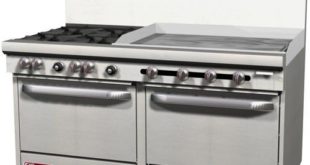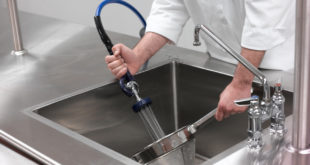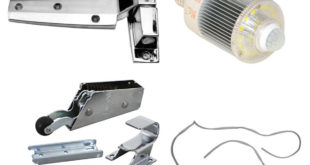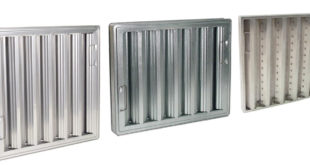
We recently had the opportunity to attend the Ice-O-Matic Energy-Efficient Restaurant Seminar: Reduce Costs, Energy Usage and Environmental Impact. During this event, a panel of experts discussed upcoming regulatory trends, including new legislative measures taken by the Environmental Protection Agency (EPA) and the Department of Energy (DOE) to reduce climate change and energy impacts from commercial refrigeration and ice machine units. Governmental agencies are setting more stringent guidelines on performance standards and are consistently re-evaluating permitted refrigerants that manufacturers will be able to utilize.
Meeting the requirements present in the new legislation will be challenging to say the least. As manufacturers struggle to meet the demands of two separate governmental agencies, everyone down the pipeline (read: service technicians and restaurateurs) are going to feel the shift.
“The foodservice industry is experiencing a regulatory transformation.” – Charlie Souhrada, Director of Member Services at NAFEM
What does this mean for manufacturers?
New guidelines will force manufacturers redevelop current equipment to meet stricture guidelines. Manufacturers will have to choose how to introduce these new models into development, and oversee the overlap between new and older models. Questions concerning the maintenance and disposal of older units, including the support and production of parts related to varying models, will be up to each manufacturer’s discretion. Developing equipment free from refrigerants soon to be phased out from the “approved” list set by the EPA will take significant R&D dollars, particularly when meeting those EPA guidelines will most certainly put a strain on meeting DOE standards. And what about the different regulations from country to country, or even state to state? How many models can your business support viably?
What does this mean for service technicians and restaurateurs?
Everything you’ve learned about your commercial refrigeration unit or ice maker is about to get thrown out of the window. Think about that—trade knowledge and other skills learned for years on the job could be rendered useless. The learning curve for these new commercial refrigeration units and ice makers is a big one—so you want to start talking with manufacturers now. Service technicians will need to be re-certified, and local inspectors need to be apprised of the new regulations. Education and communication will be key during the transition. As George Parsons, Vice President of Engineering and Technology at Ice-O-Matic shared, “…the first place changes will affect is the manufacturer, but the real problems will converge in the service world.” Ideally manufacturers will work with you and share a product roadmap to help you prepare for the next 3 to 5 years, and what that will mean for the installation and maintenance of your purchase. Start these discussions now. Seriously.
With an estimated 1 million refrigeration units installed in locations nationwide, these new regulations mean serious changes (and expenses) are coming for the industry. Get ready.
 Corner Booth Blog | TundraFMP Restaurant Supply, News & Equipment Blog
Corner Booth Blog | TundraFMP Restaurant Supply, News & Equipment Blog



